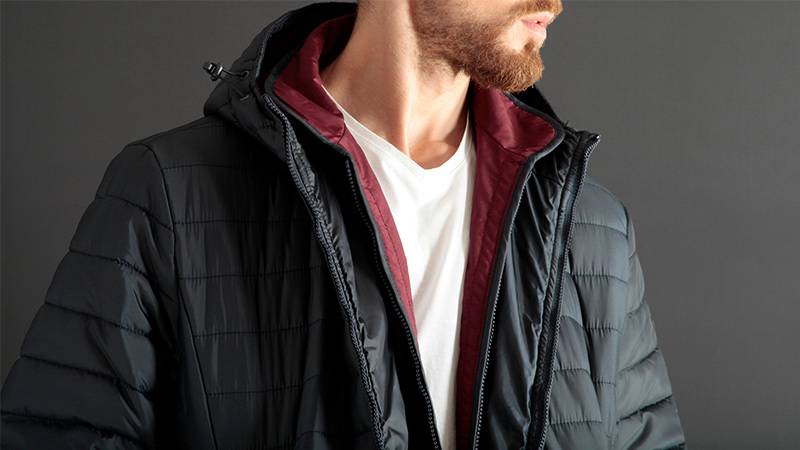In a notable advancement towards sustainable textile production, sportswear giant Under Armour has unveiled a groundbreaking tool aimed at assessing and diminishing the pervasive issue of microfiber shedding from synthetic fabrics. Microfibers, often detached during laundry cycles, are a significant contributor to marine pollution, constituting up to one-third of oceanic plastic litter, a concern highlighted by the International Union for the Conservation of Nature.The newly introduced tool, emerging from Under Armour’s extensive innovation lab in South Baltimore, Maryland, is designed to assist supply chain partners and other entities in gauging the volume of microfibers released from their textiles. Developed in collaboration with esteemed institutions like James Heal and the Hohenstein Institute, the method entails microscopic analysis of fibers remaining on a filter post simulated washing, providing a standardized scale for industry-wide comprehension and application. This initiative is a part of Under Armour’s broader commitment to sustainability, targeting the inclusion of 75 percent “low-shed materials” in its products by 2030.The context of this development is underscored by alarming statistics: around 70 billion out of 100 billion garments sold annually contain plastic, with synthetic fibers like polyester dominating the market. The repercussions are not limited to environmental degradation; they extend to human health, with microfibers infiltrating food chains. Recognizing the urgency, global entities are enacting stringent regulations to mitigate this issue. Notably, the European Union has implemented a ban on microplastics in cosmetics, and France is set to mandate microfiber filters in new washing machines.
 Plastic is present in 70 billion of the 100 billion garments sold globally each year, according to the Plastic Pollution Coalition. Sixty-five percent of fibers produced globally in 2022 were synthetic, with polyester accounting for 54 percent, according to Statista. By comparison, cotton’s market share was 22 percent, and other natural plant-based fibers were 5 percent.
Plastic is present in 70 billion of the 100 billion garments sold globally each year, according to the Plastic Pollution Coalition. Sixty-five percent of fibers produced globally in 2022 were synthetic, with polyester accounting for 54 percent, according to Statista. By comparison, cotton’s market share was 22 percent, and other natural plant-based fibers were 5 percent.
In response to these challenges and regulatory landscapes, Under Armour, alongside industry peers, is actively participating in the Microfibre 2030 Commitment, a collaborative endeavor to establish microfiber limits. The commitment, propelled by the Microfibre Consortium, aims to foster industry-wide collaboration, with the consortium’s Microfibre Data Portal set to introduce a global shedding rating system, according to GreenBiz.Under Armour’s proactive measures, including the development of this tool and participation in broader sustainability initiatives, are reflective of an industry on the cusp of a transformative approach to textile production. By prioritizing the reduction of microfiber shedding, the company not only aligns with emerging regulations and sustainability standards but also paves the way for innovative, eco-conscious apparel designs. This strategy, as noted by company executives, is rooted in a tradition of collaborative progress, aiming to catalyze change and embed sustainability into the fabric of the fashion industry.In the face of mounting environmental challenges, Under Armour’s investment in understanding and curbing fiber shedding represents a critical component of the industry’s collective endeavor to address its role in the plastics crisis. Industry leaders, stakeholders, and environmental advocates alike acknowledge the urgency of this issue, viewing this initiative as a pivotal step towards advancing tangible solutions and steering the textile industry towards a more sustainable and responsible future.
More inspiring green news similar to this:


